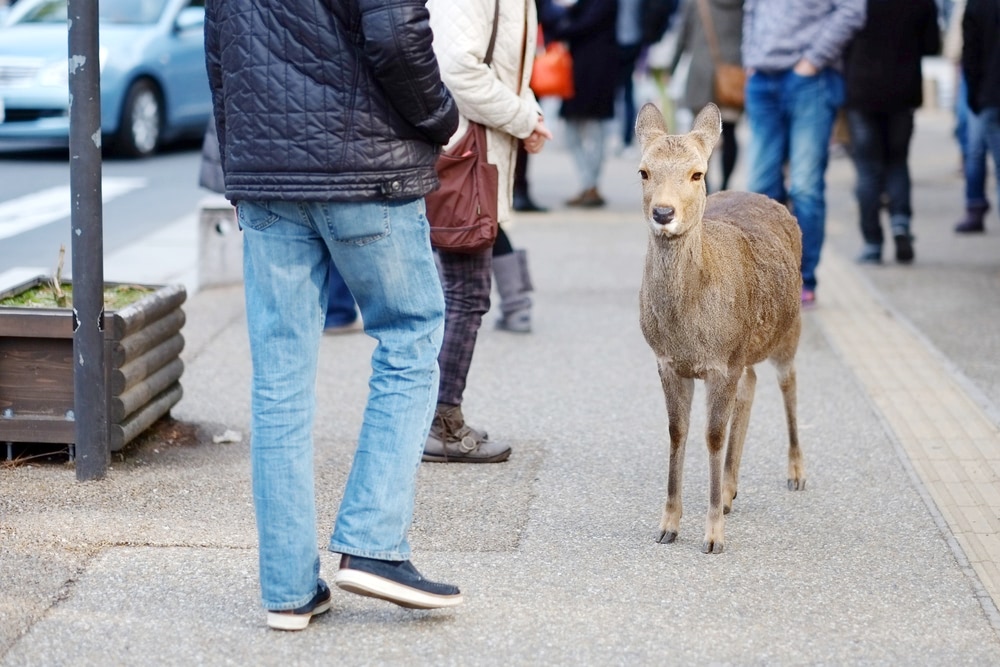Today 54% of the word's population lives in cities, and this trend is expected to grow. By 2050 the number of people residing in urban areas will increase by 66%, but we won't be the only inhabitants. Also wild animals have a liking for town life.
To embellish the city and to fight pollution and climate change, civic organizations are planting more trees, installing green roofs and intensifying urban green spaces. Our love and appreciation for nature made urban areas also much more livable for animals, that are increasingly becoming synanthropes - animals that, welcome or not, live in association with human habitations.
These invasions often cause incidents that could put wildlife at risk. Birds swoop into traffic, deers roams the streets, feral flocks of parrot roost in urban trees without surprising us anymore, raccoons and coyotes follow green trails into cities.
Studies have revealed that city birds developed larger brains relative to their body size, because they had to become smarter to survive in the challenging urban environments. Another researcher discovered that, to avoid cars, swallows are evolving to become more nimble. Now, for a safe coexistence, it’s our turn to adapt.
Architects are increasingly trying to protect urban wildlife when they plan new spaces, creating ways for animals to move through the city without danger. All the 50 US states developed a State Wildlife Action Plan to introduce wildlife to people and encourage its conservation.
"As a species, we have to learn how to make space for each other. We need cross-species diplomacy" said Stella Tarnay, an urban planner and co-founder of Biophilic DC, a group that works to make cities better habitats for animals and people. Eventually, this will reveal which species - the human or the animal - invaded each other's habitat.
Source: National Geographic. Image: Shutterstock

Share your thoughts and join the technology debate!
Be the first to comment